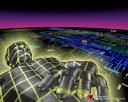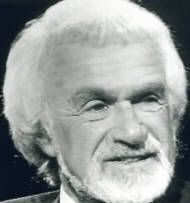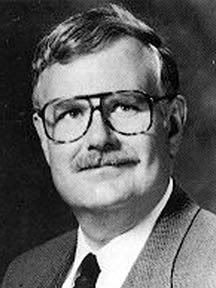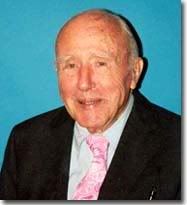HERE'S YOUR CHANCE- It's Nanotechnology!
By Dan Vergano, USA TODAY Fri Aug 19, 7:36 AM ET An advance in nanotechnology may lead to the creation of artificial muscles, superstrong electric cars and wallpaper-thin electronics, researchers report. An advance in nanotechnology may lead to the creation of artificial muscles, superstrong electric cars and wallpaper-thin electronics, researchers report.Nanotechnology has tantalized researchers for decades, promising a new era in stronger and lighter electronic materials. Nanotechnology is the science of engineering such properties at the molecular, or nanometer, scale. For all its promise, the technology has mostly been locked in laboratories. ScienceA sheet made from nanotubes, tiny carbon tubes only a few times bigger than atoms with remarkable strength and electronic properties. In today's edition of the journal Science, however, scientists from the University of Texas and Australia's Commonwealth Scientific and Industrial Research Organization report the creation of industry-ready sheets of materials made from nanotubes. Nanotubes are tiny carbon tubes with remarkable strength that are only a few times wider than atoms. They can also act as the semiconductors found in modern electronics. ScienceThe same sheet, emitting polarized light after the voltage is applied through incandescent heating. "This is fundamentally a new material," says team leader Ray Baughman of the University of Texas at Dallas in Richardson. • Self-supporting, transparent and stronger than steel or high-strength plastics, the sheets are flexible and can be heated to emit light. • A square mile of the thinnest sheets, about 2-millionths-of-an-inch thick, would weigh only about 170 pounds. • In lab tests, the sheets demonstrated solar cell capabilities, using sunlight to produce electricity. The team has developed an automated process that produced 2&frac• three• quarters;-inch-wide strips of nanotubes at a rate of about 47 feet per minute. Other methods take much longer to create nanotube sheets. "The technique is most elegant and the applications they've shown are quite impressive," says nanotube expert Shalom Wind of Columbia University in New York. Industry and academic researchers are already regarding nanotubes with avid interest, he adds. Future applications that scientists have discussed include creating artificial muscles whose movement is electrically charged, or race cars with stronger, lighter bodies that could also serve as batteries, says chemist Andrew Barron of Rice University in Houston. "We could see this on Formula 1 (racing) cars by next season, says Barron. "This is a jumping-off point for a technology a lot of people will pursue." Wind is more cautious about the future. "We'll really have to wait to see the impact this has and whether it will pan out in commercial technology." The federal government has made nanotechnology a research priority in recent years. Funding for the scientists' research came from the Defense Department, the Texas government and a partnership of nanotechnology labs. The research team suggests first using the nanotube sheets as transparent antennae for cars or as electrically heated windows. "We do need to think of a catchier name than 'nanotube sheets,' " Baughman says. |
Within ten years, the entire semi-conductor industry and half of the pharmaceutical will rely on Nanotechnology.
-------------------------------Mike Roco, National Science Foundation
We believe Nanotechnology could be the next growth innovation.
---------------------Steve Milunovich, Merrill Lynch Global Technology Strategist
Nanotechnology products will soar to $1 trillion by 2015.
----------------National Science Foundation
$386 million of venture capital went into Nanotechnology startups in 2002.
--------------------------Lux Capital
Forbes/Wolfe Nanotech Report's stock portfolio has outperformed the S&P 500 by 84.19% since inception (March '02 thru June '03)
Do you think I'm kidding? Take a look here

















<< Home